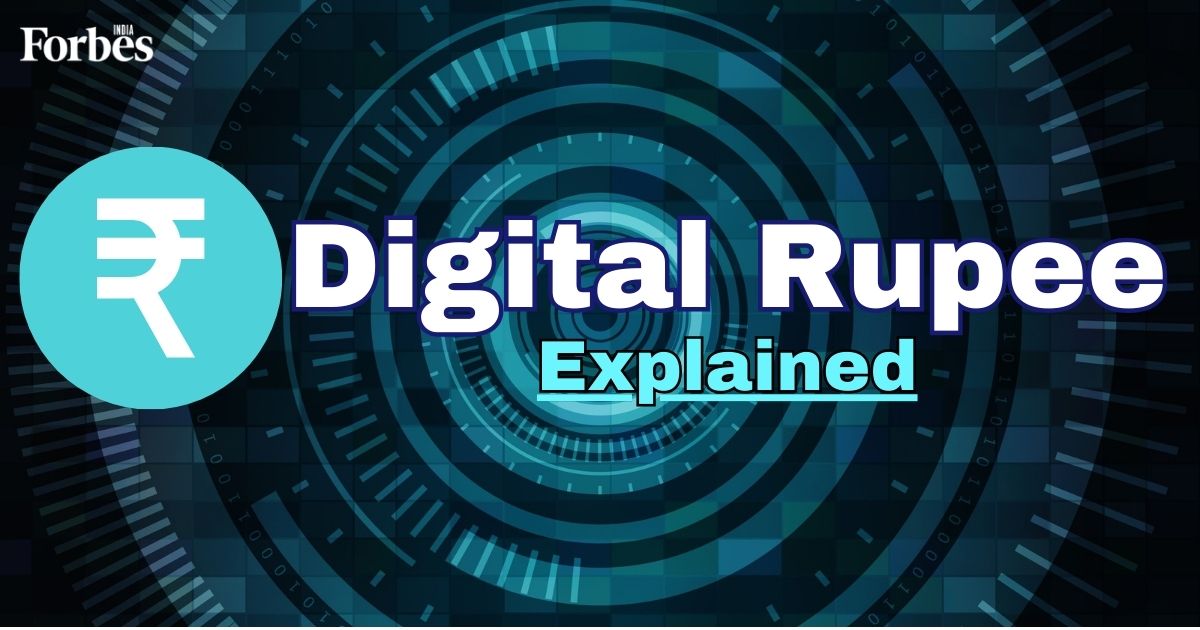Digital rupee (e₹): What is it and how does it work
Let's talk about Digital Rupee, India's digital currency. We'll look at its features, benefits and drawbacks. We'll also understand how it differs from crypto

India is at the forefront of a digital payments revolution. Thanks to innovations like UPI (Unified Payments Interface), cashless transactions have become the norm for millions of Indians. It is no surprise that India is among the largest digitalised countries in the world. The latest buzz in the digital payments landscape surrounds its Central Bank Digital Currency (CBDC). Countries worldwide are launching the digital version of their legal tender, and India is not behind. The Reserve Bank of India (RBI) is working on the launch of India’s CBDC, the Digital rupee.
In this article, we will understand all there is to know about Digital Rupee.
What is the Digital Rupee?
Digital Rupee, also called E-Rupee, denominated as e₹ or eINR, is a tokenised digital version of the Indian Rupee issued and regulated by the RBI. It is built using blockchain distributed-ledger technology.
Similar to physical banknotes, India’s digital currency would function as a means of payment, a measure of value, and a store of value. Each unit of e₹ would be uniquely identifiable to prevent counterfeiting, a security feature also present in physical currency. The Indian e-currency is a part of the base money supply and, as such, is a liability of the RBI, just like physical currency.
RBI plans to launch e₹ in two forms:

















